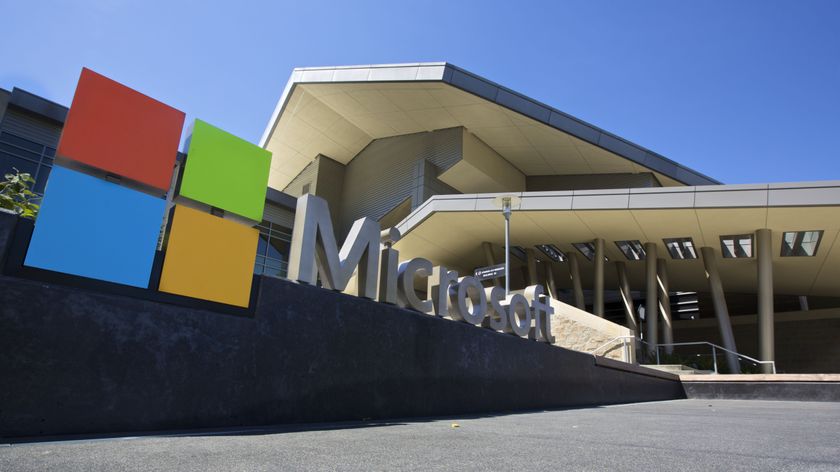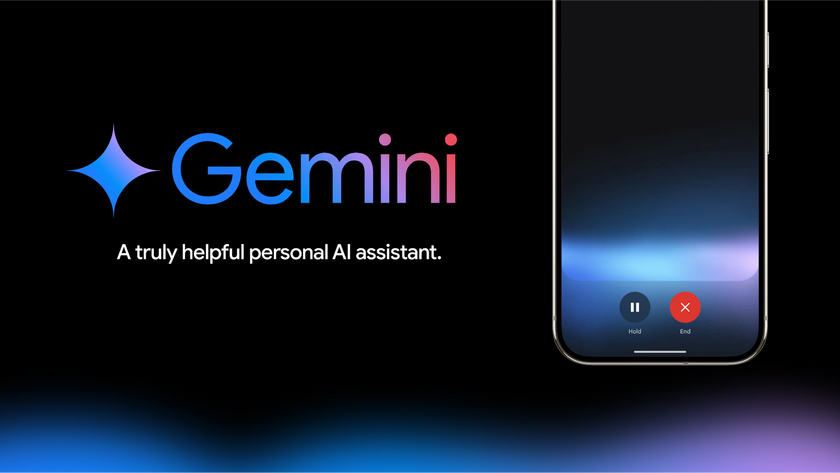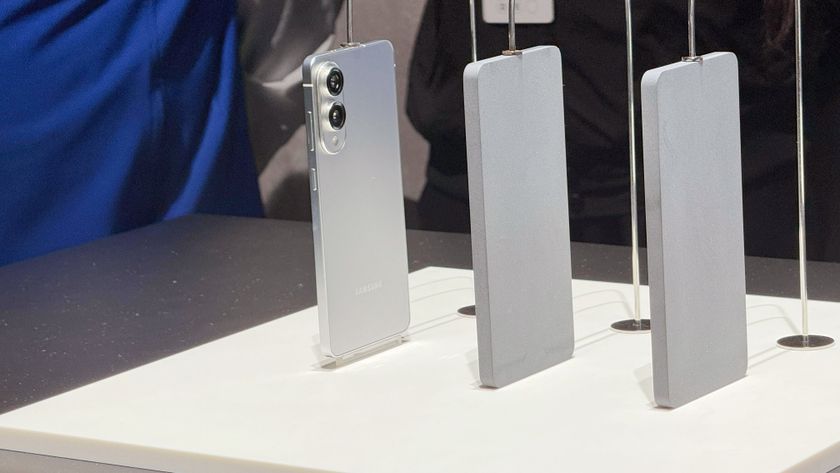How UCaaS technology is helping the NHS
How technology is improving communication in healthcare

Sahil Rekhi is the Managing Director for RingCentral, EMEA.
Technology has entirely transformed our personal lives in the past few years, from the way we shop and the way we get around – right through to the way we consume entertainment. This extends to the workplace, too. New technology has helped facilitate flexible working and has transformed the way teams collaborate. Work is no longer where you go, it’s what you do.
While this is a broad observation, not all industries have evolved at the same rate. Different sectors present their own challenges that need to be addressed to be able to modernize in the same way our personal lives and working patterns have changed to become more efficient and reap the benefits of technology.
The healthcare industry is one such sector that hasn’t evolved at the same rate as other industries, in spite of the huge growth of hardware, software and cloud technology seen over the last few years.
So, why is this the case, and what can be done about it?
Regional nuances
The idea of new technology revolutionising healthcare is exciting. Many often muse about the ‘hospital of the future’ – highlighting; breakthroughs in medication, new medical devices and a new level of patient care.
Yet, the health sector is unique in that the barriers that might prevent ‘the perfect hospital’ from becoming a reality can be different from one region to the next. In fact, regional nuances can be diverse even when looking at neighboring countries like the US and Canada – both are fundamentally different in how they operate.
In the US, privatisation means money is a very important part of how healthcare actually functions, this has driven the way the country has been able to access and adopt new technology. But go next door to Canada or across the pond to the UK and the system is totally different.
Are you a pro? Subscribe to our newsletter
Sign up to the TechRadar Pro newsletter to get all the top news, opinion, features and guidance your business needs to succeed!
In Britain, we are fortunate enough to enjoy the institution that is the NHS. This public healthcare system is the default point of care for most living in the country. While some may still have some form of private care through an employer or a private dentist, the NHS sits at the very core of our healthcare industry.
Digital transformation at the NHS is a hot topic right now – and we’re seeing MPs and healthcare providers unite to push the vision and long-term plan in the UK.
Despite these big differences, there are two key factors that unify these two completely opposing systems - the patient and the staff. Understanding these similarities is the key to solving a major healthcare challenge, communication.
Patients and hospitals
No matter where you are, the objective of healthcare is always about healing the patient. Staff are the biggest asset to achieve this outcome, as they are at the centre of patient care.
But staff require a highly coordinated process and are working in situations that can be a matter of life and death. Staff have very little room for mistakes, therefore communication is of utmost importance. Technology has the propensity to improve the way these teams work together.
Communication across many different digital channels is shaking up the patient experience. It allows patients to speak with healthcare professionals digitally and far easier than ever before. While the physical treatment is still the important bit, the before and after care is becoming much more seamless thanks to technology.
When it comes to staff, teams are starting to employ video conferencing before an important operation, in order to walkthrough plans and coordination to ensure care runs smoothly – this is a huge step forward, and can help to reduce costs or save time spent on face-to-face meetings.
This technology could provide significant benefits on this side of the pond.
How can hospital communication evolve?
The NHS is often scrutinised for its use of pagers and paper files. This outdated way of communicating important information means that hospitals are inefficient. Technology should be there to help staff communicate in a more modern and effective manner. Doctors and nurses want to be able to share documents or patient records ‘on the go’.
After all, we’re so used to instant messaging our friends and family and speaking with brands when we need customer service – so why are hospitals the one place where we don’t enjoy this same simplicity, ease and convenience?
Britain is by no means a lost cause – in fact, the UK is starting to adapt as organisations like NHS Professionals equip their staff with new tools that can coordinate its vital staffing service – helping to find replacement team members on days where nurses fall sick or a hospital is understaffed. Much like the wider NHS services, NHS Professionals is embarking on a digital transformation strategy that will allow the organisation to modernise.
By using new communications tools, NHS Professionals are able to streamline how its staff discuss, plan and coordinate services with various health trusts across the UK. Unified communications as a service (UCaaS) allows NHS Professionals to ensure its service is delivered quicker and easier than ever before – providing hospitals with the replacement staff they need in the best possible manner.
Although involved in a completely different part of the healthcare experience, The British Medical Journal (BMJ) is also pursuing innovative new technology. The BMJ has been on a cloud mission as it removes outdated legacy systems to move towards a better way of working for its 800+ staff. Part of this overhaul has been looking at the way its staff communicate, and delivering a flexible working model.
The BMJ is inherently made-up of a global network, as its work may need to take place in different locations depending on the type of study, research or project. Furthermore, staff may need to work from home or require more flexibility in their working patters– a trend that is being widely seen across many industries. To ensure staff are fully equipped, the BMJ has moved to a UCaaS system. This decision means that the BMJ’s staff can now chat, video conference and work collaboratively via a single platform, anywhere in the world.
And as the service is hosted in the cloud, implementation has been easy – a plus for the BMJ, but essential for NHS Professionals who are providing a service that can affect patient care.
However, we’re not yet seeing this same approach rolled out across the UK. The BMJ and NHS Professionals are great examples of the application of VoIP technology in UK healthcare. Just imagine what this could do for the wider NHS – this technology could improve the patient experience and remove some of the burden on team members who are working in this stressful environment.
If these organisations and providers can do it, so can other health services.
The hospital of the future
Although there are regional differences in healthcare, health professionals around the globe have one key thing in common: their patients’ outcomes always come first. Lessons can be taken from opposite sides of the pond. The technology does already exist to solve some of the communications challenges, helping to create a more patient-focused future of healthcare, and a more secure and efficient process for staff.
Over the coming years, we’re going to see new technology applied to diagnostics, analysis and testing, along with this fundamental change in communications that will really transform the way that hospitals work.
As health professionals adapt to these new technologies, I’m excited about seeing hospitals in the UK and globally bring the patient experience into the digital age.
Sahil Rekhi is the Managing Director for RingCentral, EMEA.
Sahil Rekhi is the Managing Director for RingCentral EMEA.
He is an entrepreneur by nature, hands-on business leader specialising in driving transformations and delivering accelerated growth. He experienced in building, scaling startups & large organisations across a global footprint. He is recognised for being driven for results through an adaptable approach, pushing the realms of possibilities. Analytical thinking & passion about technology has always allowed me to build & execute on exciting sales & marketing strategies servicing the B2B spectrum. Believe in building, mentoring winning teams by identifying & recognising hard & soft skills, empowering individuals to realise their own potential. His specialities are : Sales & Marketing leadership, International business strategy, Product Innovation, Service Operations & Customer Experience

















